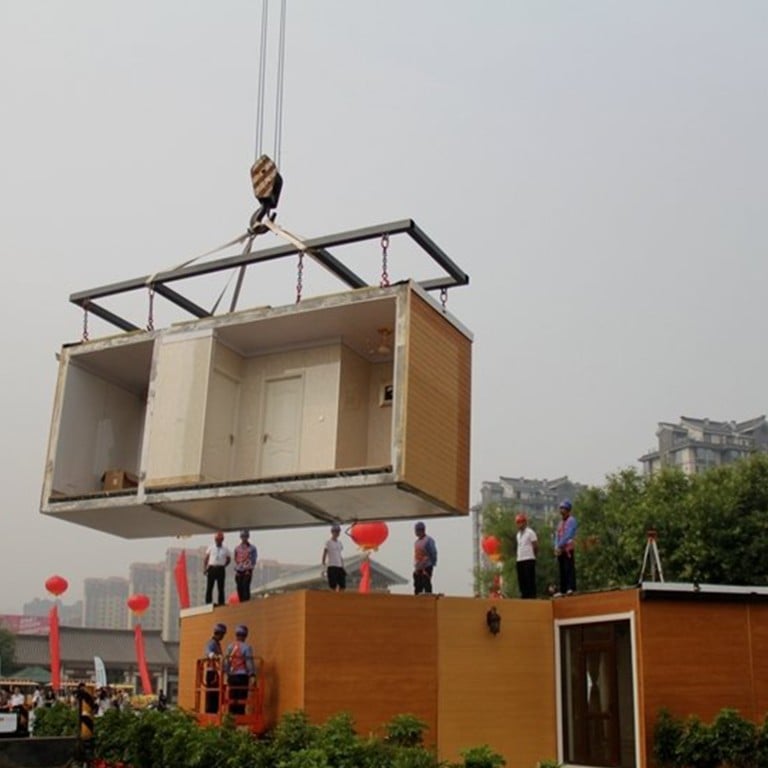
3D printing can help modernise China's economy: premier Li Keqiang
The development of 3D printing technologies must be part of a push to modernise China's economy, the country's premier, Li Keqiang, said during a speech to the State Council.
Echoing his "Internet Plus" doctrine, Li said a new technological revolution is at hand, and China needs to promote entrepreneurship and innovation in order to maintain competitiveness in a global rush to "reindustrialise".
His address to the State Council focused on accelerating the development of advanced manufacturing in China, touching on technologies ranging from the internet to industrial robotics and automated machinery.
Since assuming office in 2013, Li has stressed the need for economic reform and a "new normal" growth plan at a sustainable, albeit slower, pace of development. That plan has been rocked by volatility in the stock market in recent months as well as a sharp slowdown in economic growth and flagging demand.
During the address, Li stressed the importance of marrying information technology with traditional manufacturing – a key tenet of his "Internet Plus" strategy - and pointed to 3D printing as "representative of a disruptive technology in the manufacturing industry … which has transformed traditional conceptions and methods of manufacturing."
Li further highlighted in his address weaknesses underlying the Chinese economy, pointing to weaknesses in innovation, low 'value-added' production, poor quality in managerial and sales services, which are further exacerbated by resource and environmental constraints.
The premier's statements come as Chinese firms working on 3D printing in the construction sector have announced multiple recent successes.
In July, real estate development firm Zhuoda Group assembled a 3D printed 200 square metre home in three hours, having printed the materials over 10 days at a cost of US$400-480 per square metre.
According to Winsun, 3D printing can decrease the material cost of construction by 60 per cent, labour costs by 80 per cent and cut construction time by 70 per cent. The process can also incorporate recycled construction waste into the printing.
